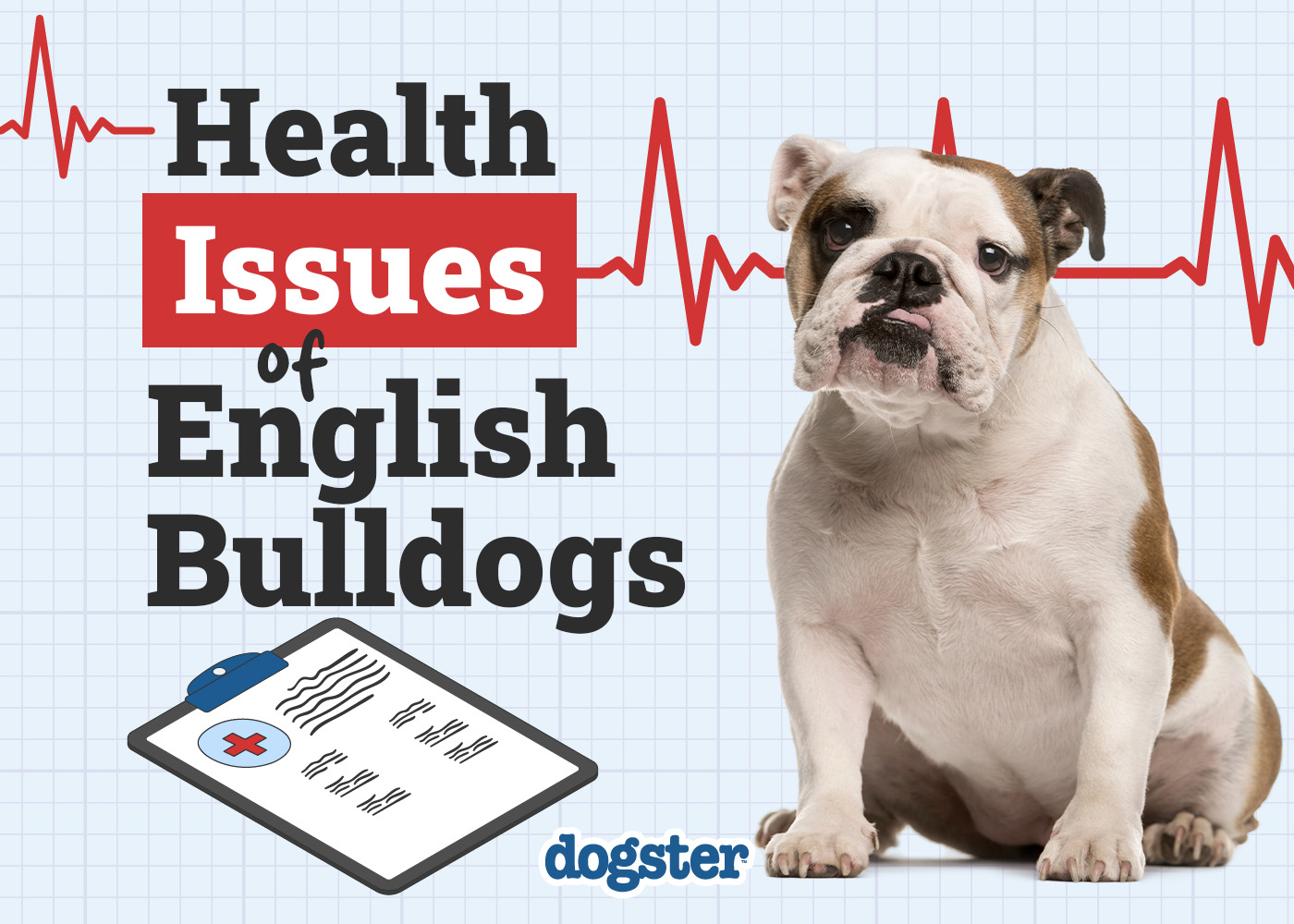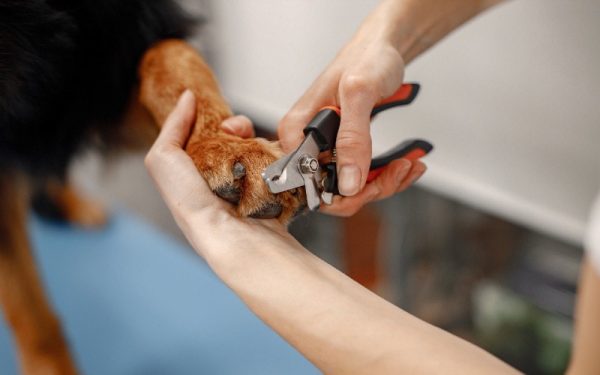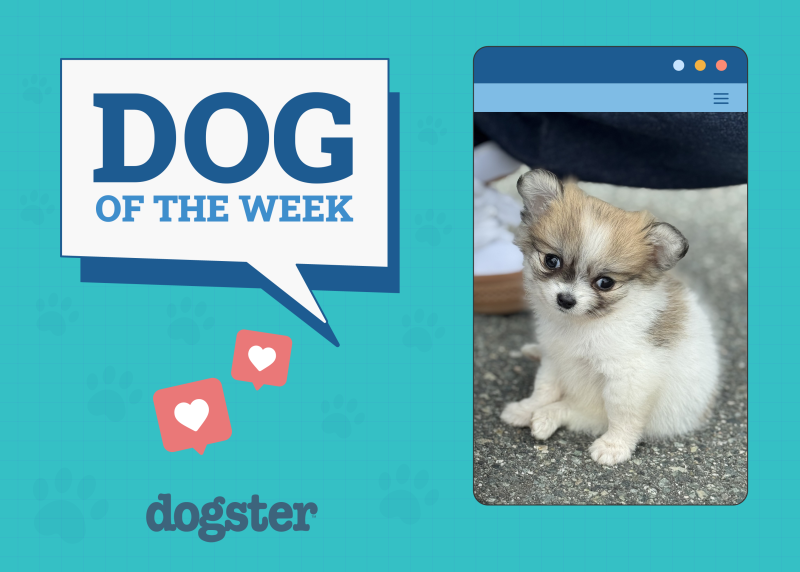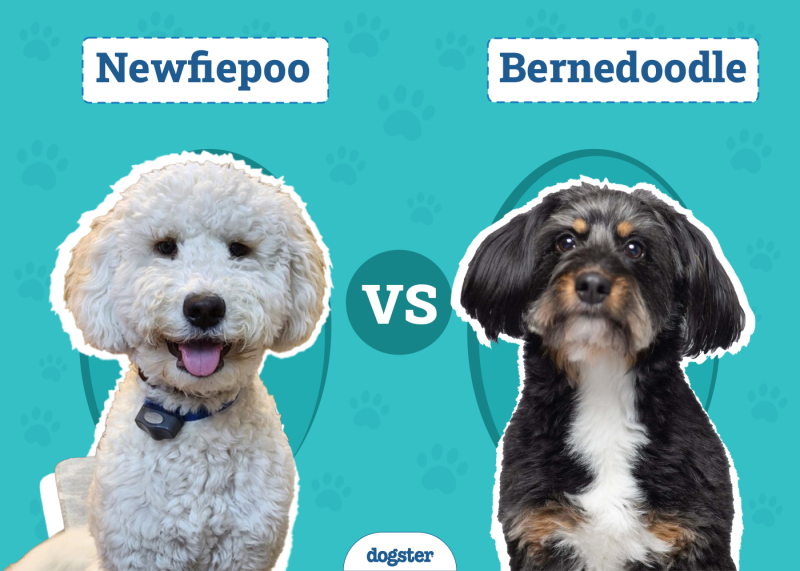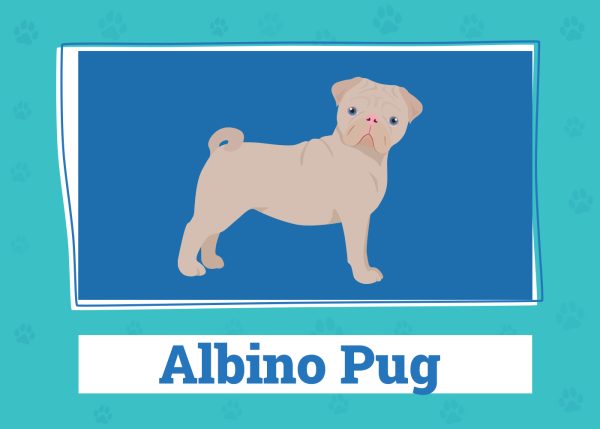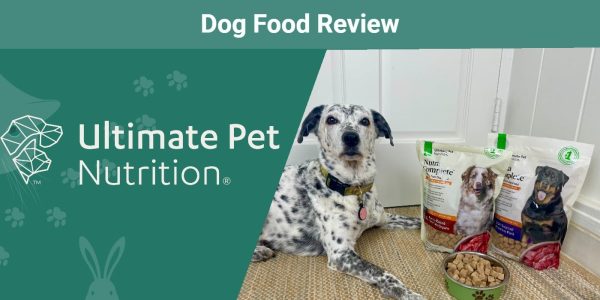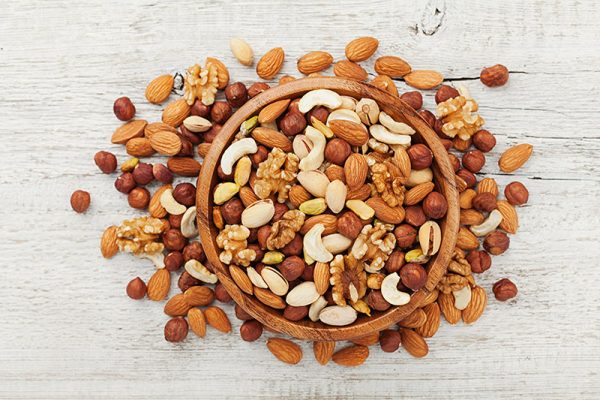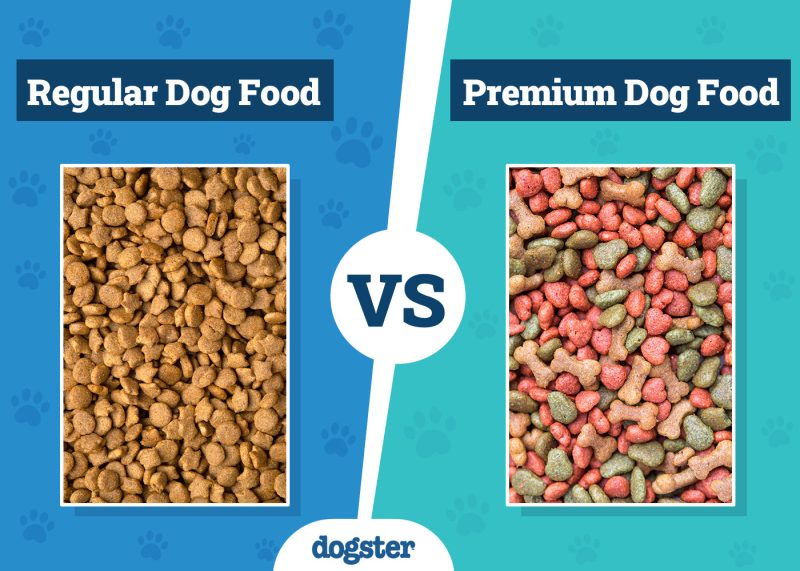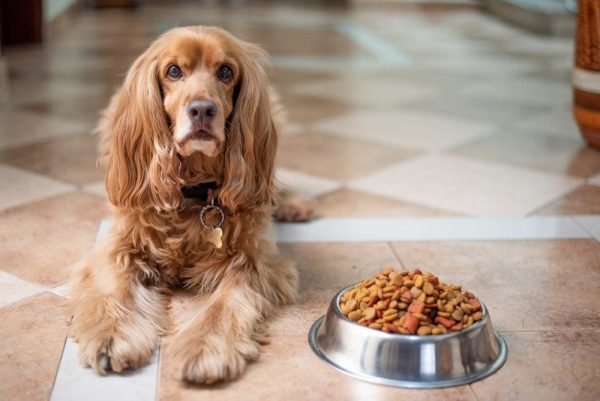In this article
English Bulldogs are adored for their short, stout bodies, pressed noses, and adorable wrinkles. They are great companions for families, especially children, and they make excellent pets if you don’t mind snoring and snorting!
Unfortunately, the English Bulldog’s distinct physical characteristics predispose them to various medical issues. Some are easily manageable and preventable, while others require extra care and more extreme treatment methods. If you are considering living with an English bulldog, it’s essential to be aware of the common health problems of English Bulldogs.
Brachycephalic obstructive airway syndrome (BOAS)¹ is a condition that occurs in animals with shortened muzzles that result in flat faces and pushed-in noses. BOAS is a common condition in English Bulldogs. The combination of anatomical abnormalities, including elongated soft palates, narrowed nose openings, and everted laryngeal saccules, may lead to various health risks. BOAS can cause noisy breathing, exercise intolerance, bluish gums, breathing difficulties, and collapse.

The 13 Common Health Problems in English Bulldogs
General Conditions
1. Brachycephalic Obstructive Airway Syndrome
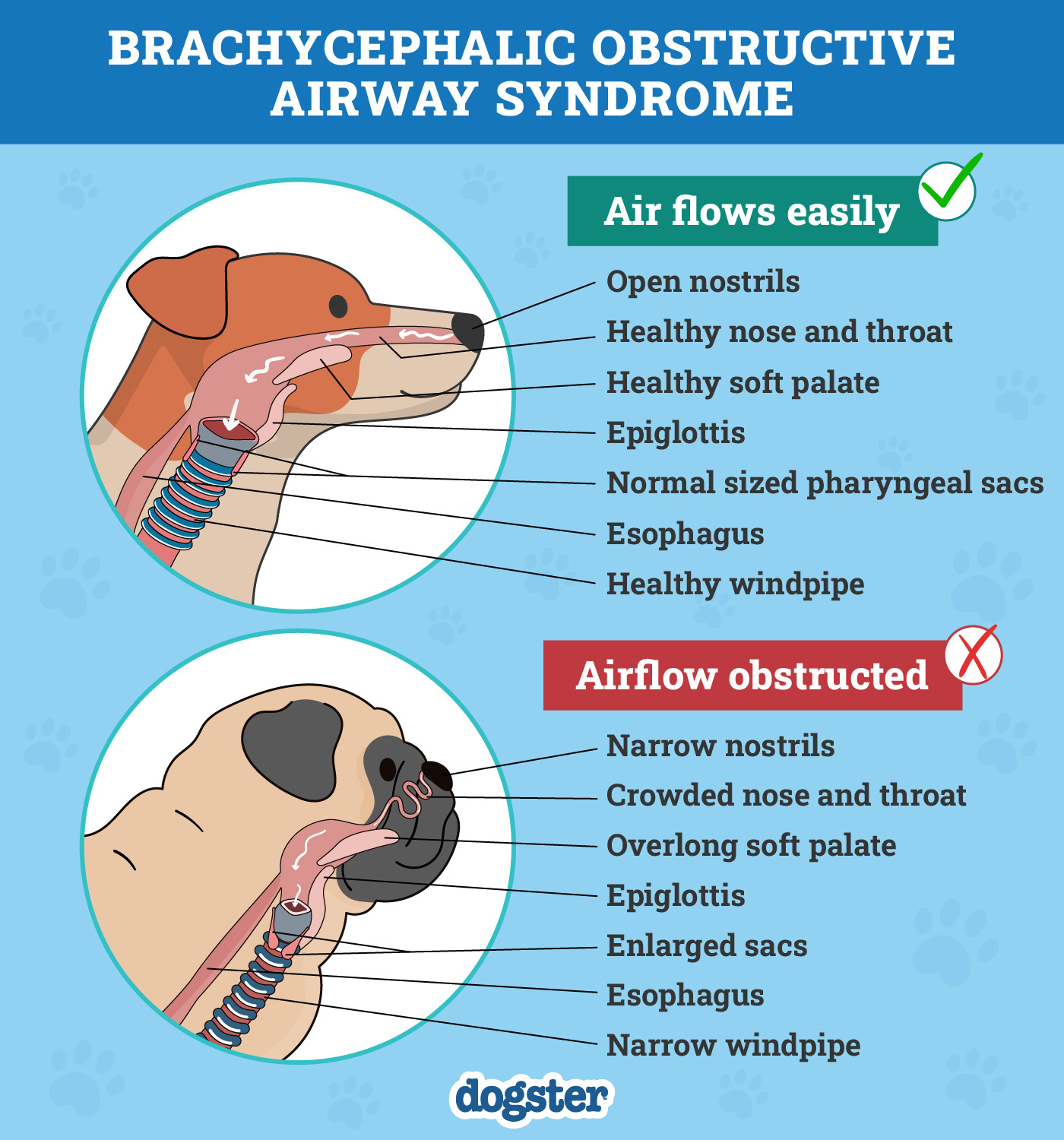
Brachycephalic Airway Syndrome (BAS)¹ is a condition that occurs in animals with shortened facial features. The combination of anatomical abnormalities, including an elongated soft palate, narrow nasal passages, and swelling in the larynx, may cause a variety of health risks. BAS causes breathing difficulties, difficulty eating, exercise intolerance, noisy breathing, and excessive snoring.
Depending on the severity of the problem, your vet may recommend a surgical treatment. Obesity worsens the signs of BOAS, so keeping your English Bulldog in an ideal body condition is essential. Your vet may also recommend using a harness instead of a collar, minimizing their anxiety, and avoiding excessive heat and humidity. If your dog is severely affected, your veterinarian will recommend surgery to correct the problem.
If you are concerned about the health and well-being of your pet, seek veterinary advice for the best course of action.
If you need to speak with a vet but can't get to one, head over to PangoVet. It's an online service where you can talk to a vet online and get the personalized advice you need for your pet — all at an affordable price!


Eye Conditions
One of the distinctive and adorable features of an English Bulldog is their droopy eyes, but because of these features, they have shallow eye sockets, which can lead to various eye problems.
2. Entropion
Entropion is a condition in which one of the eyelids, usually the lower lid, rotates inward, causing the eyelid and facial hairs to rub against the eyeball. If your English Bulldog develops entropion, it can irritate the eyeball and conjunctiva, resulting in pain, swelling, redness, discharge, and corneal ulcers.³
Surgical intervention is often necessary to correct the entropion for long-term relief. A section of the eyelid will be removed by a surgeon to reverse the inward rolling, resulting in prompt relief of the pain and irritation.
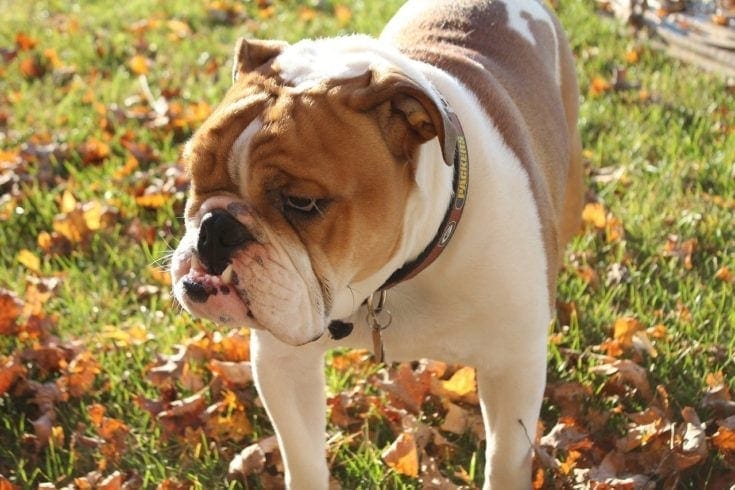
3. Distichiasis
A distichia is an extra eyelash that grows from the eyelid through the duct of the meibomian gland or alongside it. It can cause different degrees of eye discomfort and, in severe cases, ulceration. Eye discharge and redness are common signs, and your dog may paw at their eyes. ⁴
Several treatments are available to help your dog feel more comfortable, but depending on the severity of the condition, your veterinarian may advise surgery.
4. Cherry Eye
Dogs have a third eyelid in the inner corner of each eye. This structure, which provides protection and lubrication, holds a tear gland. Cherry eye results from third eyelid gland prolapse. When this happens, it may swell, turn red, and look like a small cherry in the corner of your dog’s eye.⁵
Your veterinarian will recommend surgery to restore the affected gland to its proper position.
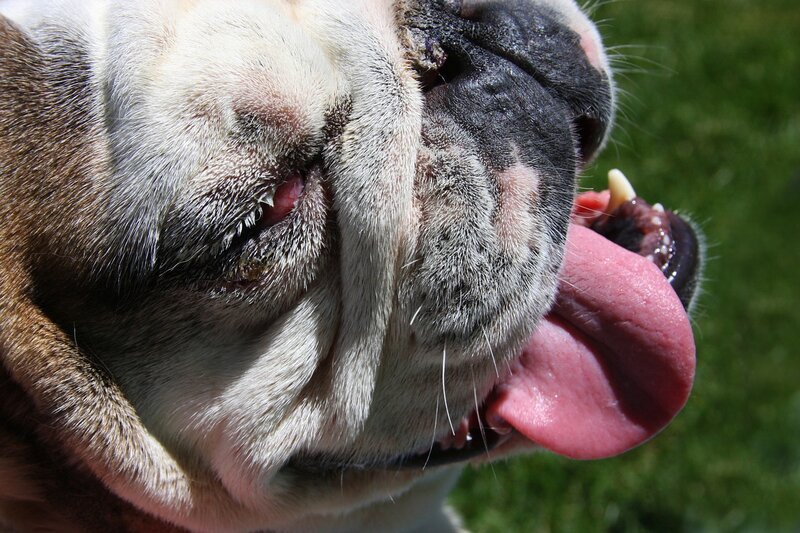
5. Keratoconjunctivitis Sicca
Also known as dry eye, keratoconjunctivitis sicca (KCS) is typically caused by an inadequate quantity of the aqueous portion of your dog’s tears. If your dog’s eyes don’t produce enough tears, they will become dry and struggle to remove irritants, resulting in painful and irritated eyeballs.
Dry eye is treated by stimulating tear production and replacing tear film with eye drops. Your veterinarian will run tests to determine the cause and recommend a specific treatment for your English Bulldog. When left untreated, KCS can result in corneal ulcers and chronic pain and inflammation.
6. Difficulties Giving Birth (Dystocia)
Dystocia is the term used to define difficulties at birth. Whelping English Bulldogs often suffer from this problem due to the combination of a narrow birth canal and puppies with large heads and wide shoulders. In essence, there is a mismatch between the puppy’s size and their mother’s birth canal due to how Bulldog puppies are being bred, which often promotes disproportionate physical characteristics.
Owners of English Bulldogs must be careful if they plan to breed their female. It’s important to select the right size and anatomy of the male dog and monitor the pregnancy closely. A cesarean section (C-section) is typically planned to ensure the safety of the puppies and the mother.


Skin Problems
7. Skin Fold Pyoderma
As adorable as they are, the excessive skin wrinkles on the face and neck of English Bulldogs can cause skin problems¹. The skin folds enable the skin’s surface to be in close contact, creating a warm, humid environment. If they get wet and aren’t properly dried, their wrinkles can trap excess moisture, which provides the perfect setting for bacteria and yeast to thrive. You will know if your dog has developed an infection if the area is red and itchy and has a discharge or an unpleasant odor.²
The best defense is to keep the skin folds clean and dry. If the infection is mild, a topical treatment will usually do the trick. It is critical to monitor the area for signs of recurrence.
8. Skin Allergies
Skin problems are common in English Bulldogs and other brachycephalic (flat-faced) breeds. Allergic dermatitis is a frequent underlying problem. Your dog may be allergic to flea saliva or environmental allergens like pollen, dust mites, and mold.
The type of skin condition and the underlying causes of the skin reaction will determine the treatment. Your veterinarian may prescribe anti-itch medication, calming or antiseptic shampoos or lotions, antibiotics, and antifungal treatments. Regular cleaning and drying of the areas of folded skin are essential, and specialized prescription shampoos and topical treatments can help alleviate clinical signs.
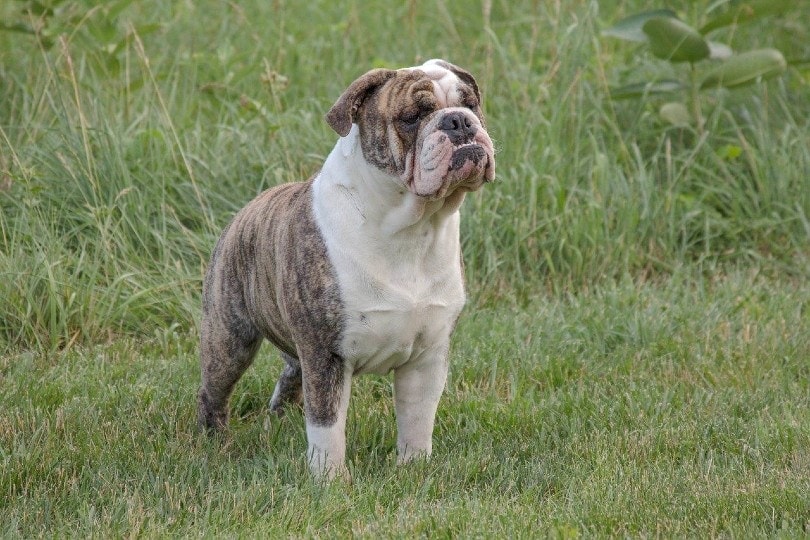

Joint and Bone Disease
9. Hip Dysplasia
The English Bulldog is predisposed to hip dysplasia. This condition causes the hip joint to develop abnormally, resulting in a shallow socket where the head of the femur does not fit properly. The hip joint doesn’t function well, resulting in pain, lameness, and joint deterioration, which eventually causes osteoarthritis.
Prompt diagnosis and a treatment plan designed by your vet are vital to alleviate the signs and ensure the condition does not progress too quickly. Medication, joint supplements, a tailored exercise plan, and surgical intervention may be necessary in certain cases. As their owner, you’ll need to manage your Bulldog’s weight properly.
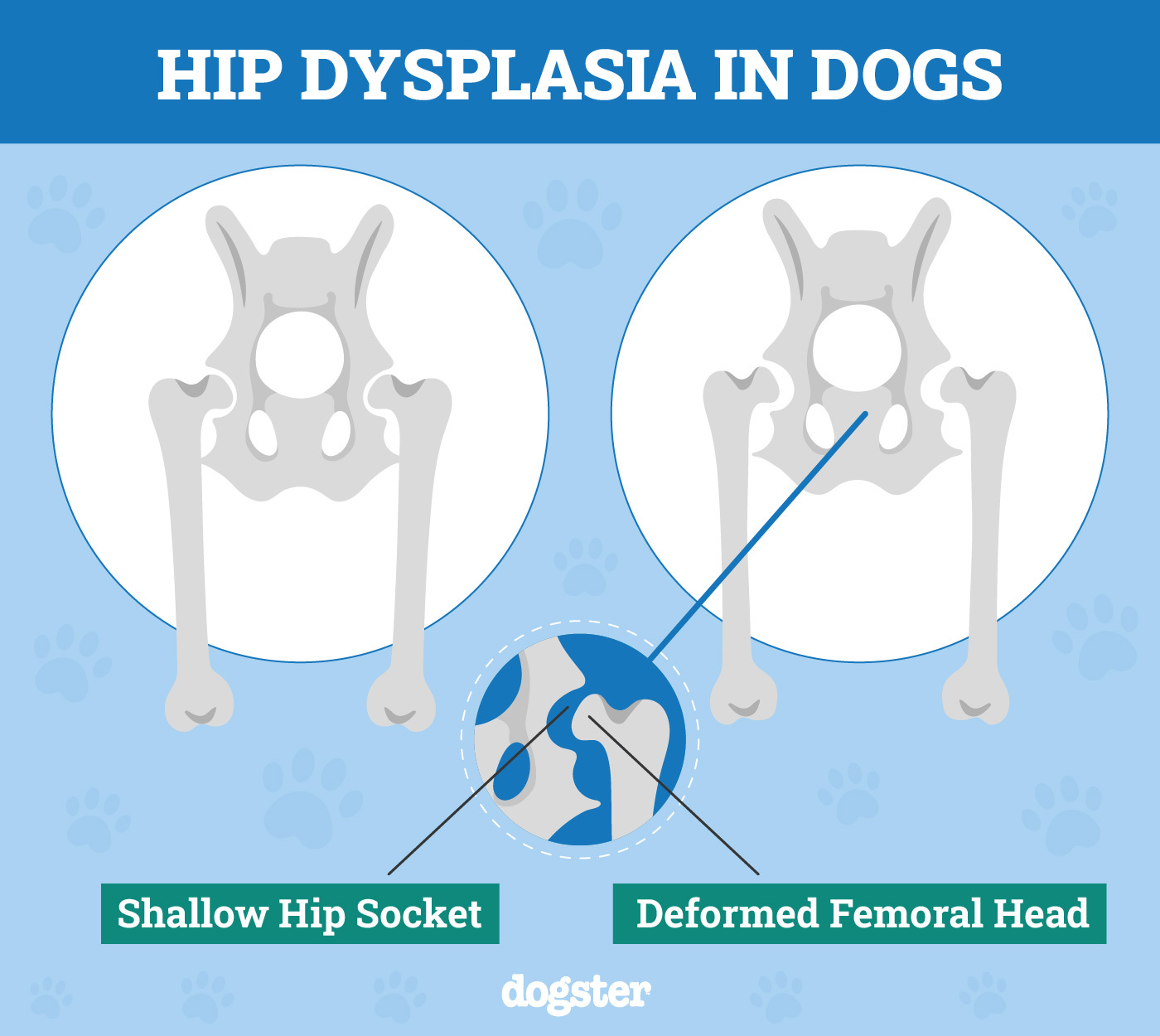
10. Osteoarthritis
Canine osteoarthritis, also known as arthritis, is the most common joint disease diagnosed in dogs. It involves the inflammation and degeneration of one or more joints, causing pain and lameness. English Bulldogs are predisposed to various orthopedic problems that can lead to arthritis, such as medial patellar luxation, elbow dysplasia, and hip dysplasia.
Lameness and abnormal gait should not be overlooked in English Bulldogs. The sooner that joint problems are diagnosed and treated, the better off your pet will be. Your vet will likely take X-rays or recommend advanced imaging of your dog’s joints to detect problems as soon as possible. Surgery is sometimes necessary. Obesity can be a risk factor for arthritis, so managing your dog’s weight is imperative.
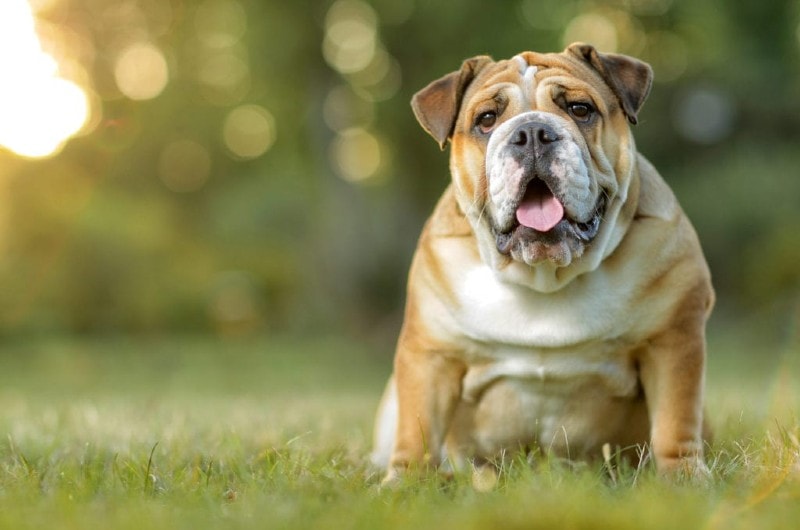

Thyroid and Heart Disease
11. Heart disease
Pulmonic stenosis is a type of congenital heart disease that can occur in English Bulldogs. It is an inherited malformation of the pulmonic valve, leading to obstruction in blood flow from the heart to the lungs. The signs of the disease can vary from mild to severe, and even though pups are born with this defect, it may go unnoticed until they are older.
12. Thyroid Disease
Hypothyroidism is a hormonal condition in which a dog’s thyroid gland produces lower-than-normal amounts of thyroid hormones. It can have various causes. In dogs, it’s typically an immune-mediated reaction against the gland tissue (lymphocytic thyroiditis) or idiopathic atrophy of the thyroid gland. Thyroid hormones control many body functions, and a lack of them can cause various physical issues in dogs. The most common signs are weight gain, lethargy, and skin problems.
Primary hypothyroidism is medically treated with a synthetic thyroid hormone replacement using levothyroxine, which helps keep hormone levels normal. Regular testing is required to ensure that the drug is effective and the dose is adequate.

13. Cancer
Cancer is a leading cause of death in dogs, and English Bulldogs are particularly vulnerable to lymphoma and mast cell tumors. Lymphoma¹ is a type of blood cancer that originates in the lymphocytes.
There are different types of canine lymphomas, each with its own level of progression, life expectancy, and clinical signs. Most cases of cancer in English Bulldogs affect middle-aged dogs when they’re around 6 to 7 years of age.
Chemotherapy is the most effective therapy for canine lymphoma. The prognosis depends on the type of lymphoma.

Caring for an English Bulldog
Because English bulldogs are prone to health issues, it is important to give them the best care possible. Here are some ways to look after an English Bulldog so they can live a long and healthy life.
Healthy Weight
An English Bulldog can be food-motivated, so it’s easy for them to overeat. Weight management is vital for their short and stocky build. Generally, the amount of food you feed your English Bulldog should be based on an adult English Bulldog’s ideal weight, typically between 40 and 50 pounds. A high-quality, complete, well-balanced dog food that is AAFCO-approved is recommended.
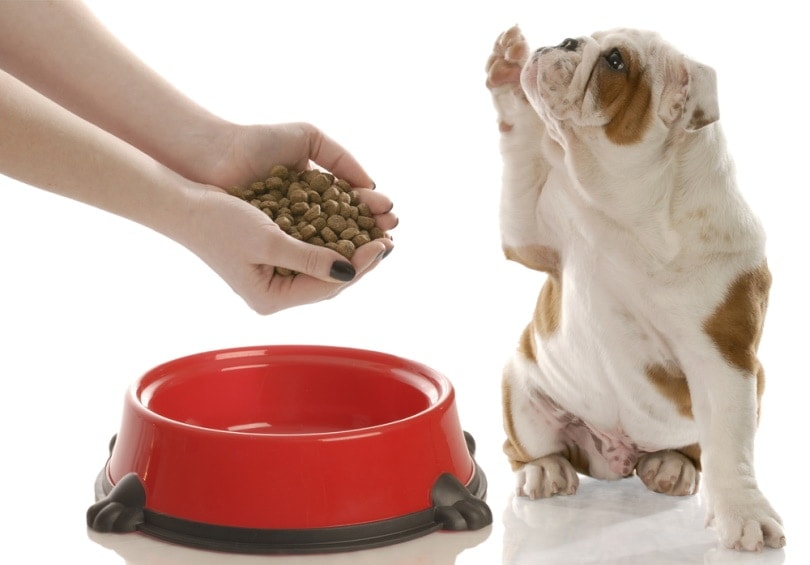
Supplements
Multiple supplements can help your English Bulldog’s overall health. Contact your veterinarian if you are considering adding supplements to your pet’s routine. Probiotic supplements help promote healthy gastrointestinal bacteria, which can help with gas and digestion. Supplements containing omega-3 fatty acids, fish oil, and glucosamine can improve and maintain healthy skin and joints. It is always best to consult your vet to determine which supplements are best for your dog.
Exercise
Daily exercise is enjoyable, beneficial, and necessary for your English Bulldog. Exercising can include activities like tug-of-war, short walks or hikes, and playing fetch.
Grooming
Because of their wrinkly skin, a Bulldog’s grooming requirements involve looking after their wrinkles and skin folds daily. It’s critical to dry their wrinkles after cleaning them to prevent bacteria and yeast from thriving in the moisture left behind. A soft, dry cloth can be used to remove debris gently and to dry skin wrinkles. You can also use doggy wipes to keep the area clean and disinfected.
Since the English Bulldog is prone to eye problems and allergies that cause eye discharge, you should clean around their eyes regularly.

Conclusion
Learning about all the health problems associated with the English Bulldog can be overwhelming, but knowing their possible medical issues allows you to take action. Responsible breeding, preventative care, early diagnosis, and prompt veterinary intervention can help manage and treat these common health concerns. Adding an English Bulldog to your family should be carefully considered, and pet insurance is a must to help with the breed’s ongoing medical costs.
See also:
- What Breed of Dog Is Doge? Meme, Dogecoin & More (With Pictures)
- Brachycephalic Syndrome in Dogs: Signs, Causes & Treatment (Vet Answer)
Featured Image Credit: Branislav Nenin, Shutterstock

